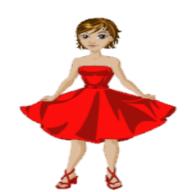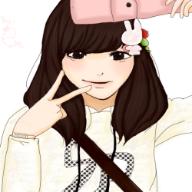✔ 最佳答案
Like the Five Olympic Rings from which they draw their color and inspiration, Fuwa will serve as the Official Mascots of Beijing 2008 Olympic Games, carrying a message of friendship and peace -- and good wishes from China -- to children all over the world.
Designed to express the playful qualities of five little children who form an intimate circle of friends, Fuwa also embody the natural characteristics of four of China's most popular animals -- the Fish, the Panda, the Tibetan Antelope, the Swallow -- and the Olympic Flame.
Each of Fuwa has a rhyming two-syllable name -- a traditional way of expressing affection for children in China. Beibei is the Fish, Jingjing is the Panda, Huanhuan is the Olympic Flame, Yingying is the Tibetan Antelope and Nini is the Swallow.
When you put their names together -- Bei Jing Huan Ying Ni -- they say "Welcome to Beijing," offering a warm invitation that reflects the mission of Fuwa as young ambassadors for the Olympic Games.
Fuwa also embody both the landscape and the dreams and aspirations of people from every part of the vast country of China. In their origins and their headpieces, you can see the five elements of nature -- the sea, forest, fire, earth and sky -- all stylistically rendered in ways that represent the deep traditional influences of Chinese folk art and ornamentation.
The Fuwa (formerly Friendlies [1], Chinese: 福娃; pinyin: Fúwá; literally "Good-luck dolls") are the mascots of the 2008 Summer Olympics in Beijing. They were designed by Han Meilin [2] and announced by the National Society of Chinese Classic Literature Studies on November 11, 2005 at an event marking the 1000th day before the opening of the games.
The Fuwa consists of five members according to the traditional five elements: Beibei, Jingjing, Huanhuan, Yingying, and Nini. Each of the five names is designed to look like a plausible name for a small child, but when put together, they sound nearly identical to the phrase "北京欢迎你 Běijīng huānyíng nǐ" which means "Beijing welcomes you". Each of the five figures also represents one of the five Olympic Rings.
Two of the five mascots represent members of endangered species.
A 100-episodes Olympic-themed cartoon series featuring the Fuwa was released in China on August



